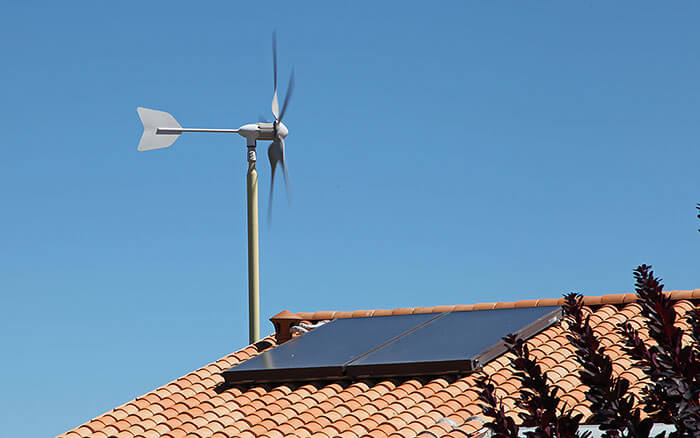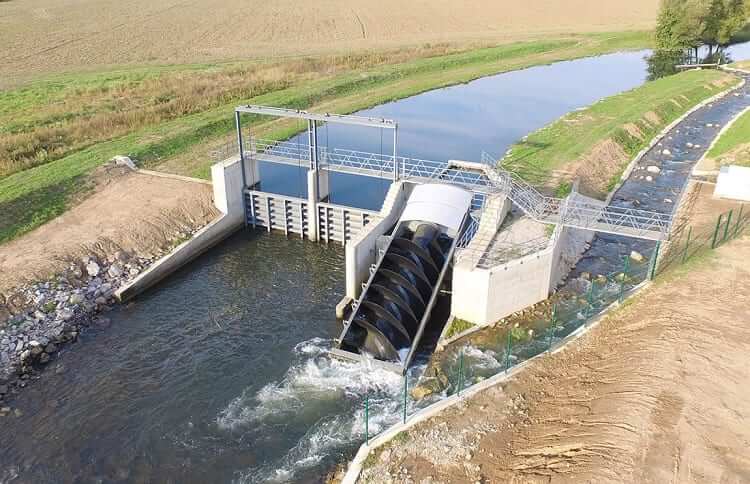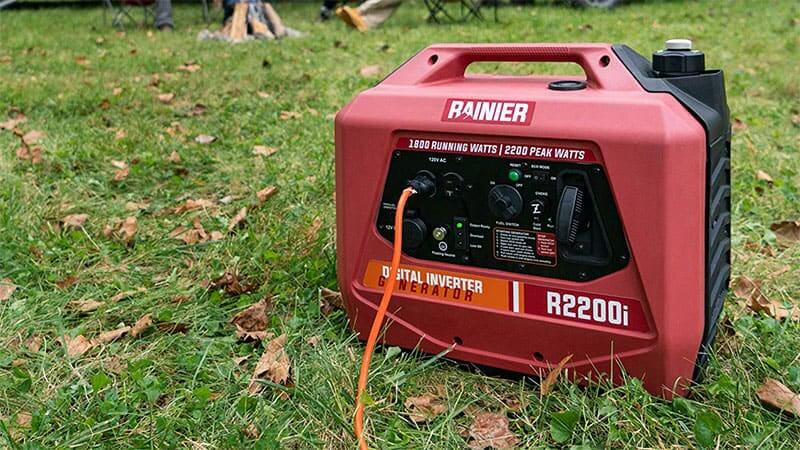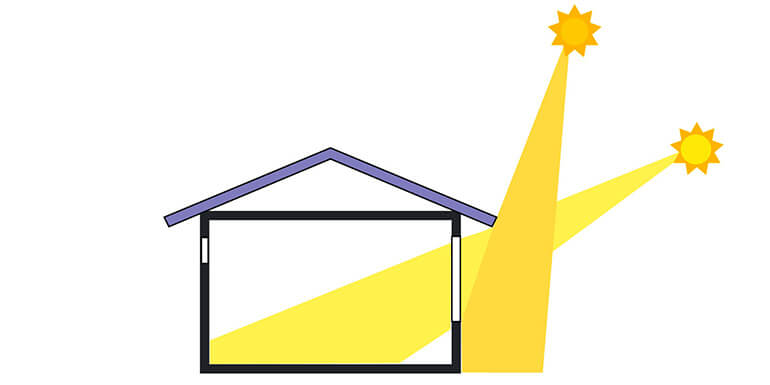Home projects according to customer needs!
Choose a project you like or let's work together to create a unique model just for you.
Get in touch and let's make your dreams come true together!
Unable to bring mains gas or electricity onto your plot or want to live more green? We help you to look at the main options to power your home.
Perhaps you plan on only using gas and water, or maybe you’ll want to generate your own electricity too. If you want to keep things simple, a basic water collection system and firewood will provide all you need to keep the place warm and heat your food.
However, many people are choosing more sophisticated setups for their off grid homes now, allowing you to live in a similar way you would when connected to the grid, but without the bills.
Renewable energy methods are the most popular way to power an off grid home, so let’s take a look at the best alternatives for producing your own power at log cabin.
Solar energy is the fastest growing renewable energy source, and a great options for when it comes to generating electricity for an off grid property.
Harnessing the energy from the sun, solar panels can provide plenty of energy that can be stored in batteries and converted into electricity to use in your home.
You can combine solar electricity panels with other space-heating renewable technologies such as heat pumps and wind turbines. These technologies work well with each other, as solar panels can be set up to help power a heat pump, for example, or several of these systems can feed into a thermal store.
Pros of Solar Energy:
Cons of Solar Energy:
Read more in depth about best mini solar panels & kits here: https://tinyhousehugeideas.com/solar-panel-kits/

Wind turbines are used to capture energy from the wind and generate electricity. They can produce electricity around 90% of the time. Whether you’re living in a rural area and don’t have access to an electric grid or are living in a suburb and looking to reduce your utility bill, home wind turbines are a great solution. While solar energy is generally the go-to eco-friendly option, wind power is a great solution for those living in areas with reliable wind speeds. All that’s required is a little know-how, some land and a high voltage battery bank. For around 700 eur, you can buy yourself a mid-range home wind turbine that can comfortably meet your needs.
Pros of Wind Turbines:
Cons of Wind Turbines:

Whether it’s from a small stream or a larger river, small or micro hydroelectricity systems, also called hydropower or hydro systems, can produce enough electricity for all electrical appliances and lighting in the average home. If you have running water in close proximity to your house, it might be worth looking into micro hydro power. This setup needs a turbine, a pump or a waterwheel to convert the energy of flowing water into rotational energy and then into electricity.
Pros of Micro-Hydro Electricity:
Cons of Micro-Hydro Electricity:
Considering a hydropower project? System costs and productivity discussed in this article: https://www.renewablesfirst.co.uk/hydropower/hydropower-learning-centre/how-much-do-hydropower-systems-cost-to-build/

The ideal and most eco-friendly way to set up an off grid cabin is to use renewable energy, however if this isn’t an option for you, you could use a power generator.
Portable generators come in all shapes and sizes, from the larger commercial portable generators down to the smaller, easy to carry generators. Since most people don’t need large, worksite ready units, most people opt for the smaller, lower wattage generators.
Most generators are powered by gasoline or propane which means you’ll need to ensure you always have a supply on hand.
The most common form of portable electricity production is the diesel generator. This has several disadvantages: the fumes are a pollutant, the generators are noisy and storage of the fuel poses a risk.
It is unlikely a self-builder would want to use diesel as their primary form of power generation. However, in certain situations it might be the cheapest way of meeting a very small residual demand (after renewables) and would be a reliable emergency backup if you’re living off grid out in the woods or your log cabin isn’t your primary residence.
Pros of Non Renewable Energy:
Cons of Non Renewable Energy:
Take a look at some of the smallest portable generators here: https://generatorgrid.com/small/

Passive solar heating refers to designing a home to collect heat from the sun. Passive cooling means providing natural shading to cool a home (such as deciduous trees, awnings or sun shades).

As the word 'passive' indicates, there is virtually nothing that will require maintenance or repair. However, a common mistake made when an attempt at passive heating is made, is when shading has not been factored in. When no consideration has been made to natural cooling, homes can overheat so much in summer than the added energy requirements for cooling negate any heat gain you may have realized in winter.
Proper passive solar design along with incorporating an insulation can offer up to 50% energy savings over homes without such design considerations.
Biomass is any form of waste wood which is burned to produce heat. The term covers logs, waste timber, wood chip and wood pellets. Although energy is used to process and transport these products, it is effectively very low carbon as long as the wood is being replanted. Yes – it is totally safe to have a fireplace in a log cabin! It’s not only the cosiness that fireplace will bring but also an affective source of heating.
Pellet-based systems are popular for domestic installations, as the fuel is automatically fed into the boiler. So all you need to do is top up the hopper every once in a while.
They produce very little ash, so don’t need to be emptied too often.

In highly-insulated homes, a wood burning stove may be sufficient for a comfortable internal environment
Log appliances normally require a heat store (accumulator) – so the boiler fires for a short period and warms a large insulated tank of water, from which heat is drawn off as needed. Some biomass boilers can be used in smokeless zones – as long as they benefit from the appropriate exemption certificate. As a rule, wood pellet boilers are similar in capital and running costs to air source heat pumps.

To save money and lower your carbon footprint, the first step where possible is to invest in choosing the best insulation , improve air sealing in your home and installing energy recovery ventilation rather than paying for your own personal power generation, so you conserve the energy you have already paid for instead of ramping up your supply of home grown energy.
Building an off grid cabin can offer plenty of freedom, both financially and from the constraints that accompany living on the grid. No more power outages during a storm, no more unexpected tariff increases.
Home projects according to customer needs!
Choose a project you like or let's work together to create a unique model just for you.
Get in touch and let's make your dreams come true together!
